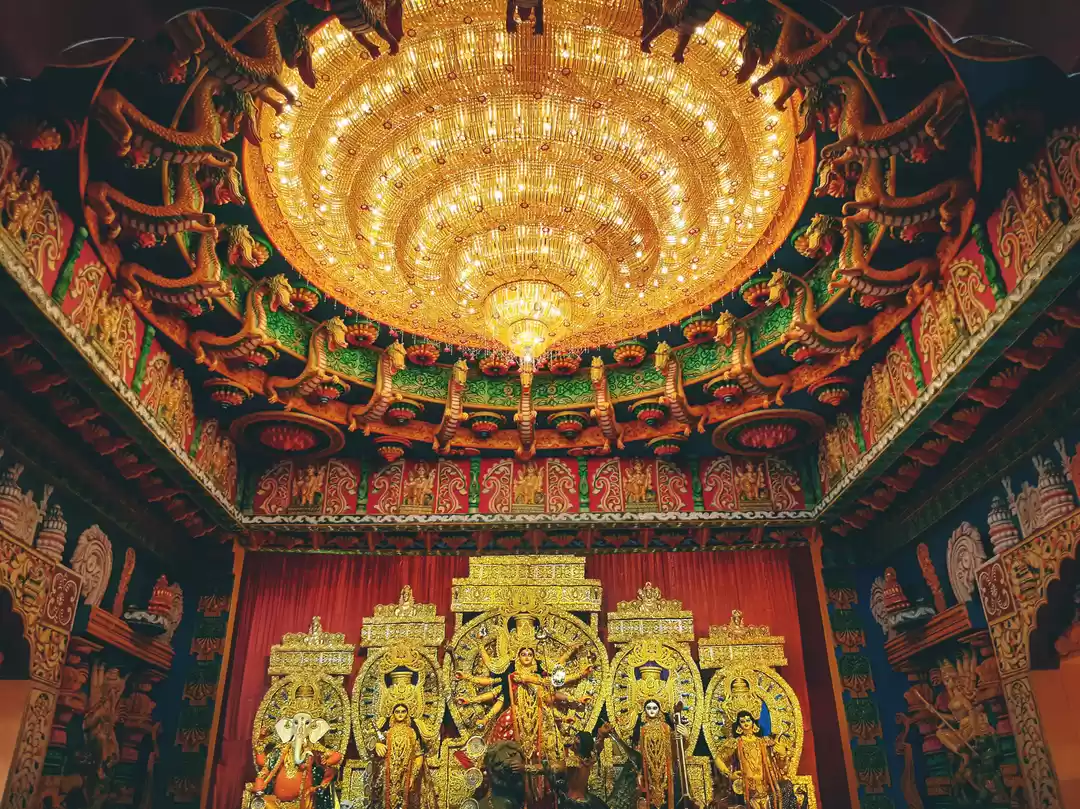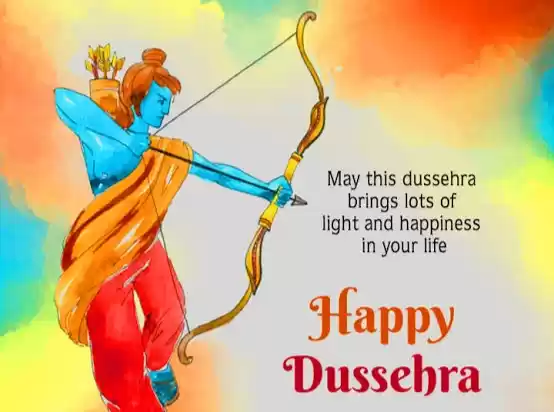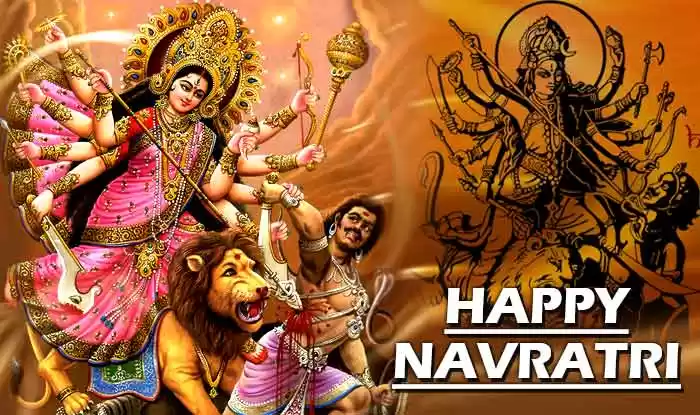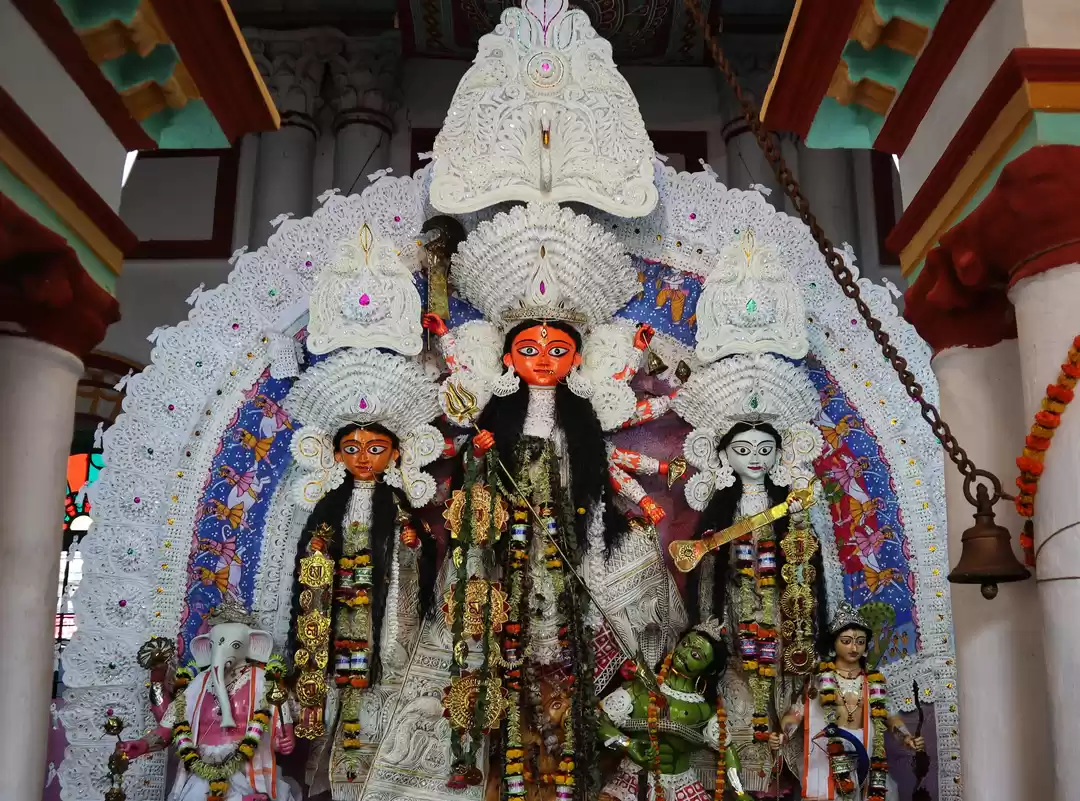
While Most of the Durga idols are made inside Kumortuli, the biggest hub of idol making in Asia, the idols that are worshipped in some of the oldest houses of the city are made inside the respective households.



The Preparations of Durga Puja starts one month before the pujo begins in all the bonedi bari households. No stone is left unturned in arranging for a warm welcome for the beloved mother.






Dhakis are some of the most talented musicians from Bengal who play a traditional drum like instrument called DHAAK without which the festive season remains incomplete.

Durga Pujo means the gathering of people who come together to celebrate the homecoming of MAA DURGA.







Various pandals are made based on some very intriguing themes. The intelligent use of lights and decorations makes it yet more interesting.





On the auspicious occasion of Maha-ashtami, Sandhi pujo is carried out after which women sit with burning clay pots on their head and hands to pray for the well being of their family. This is called DHUNO PORA.




The final prayers for the well being of the family are offered to Maa Durga before she leaves for her home on the Final day of DOSHOMI.







Women perform the last rituals of Doshomi, the final day of Durga Puja by offering sweets and prayers for the well being of their family.




After the rituals are done, men and women perform Dhunuchi nach, a traditional dance form. Women engage in exchanging greetings amongst other women by rubbing sindoor on each other's forehead and cheeks.This is Called "SINDUR KHELA"

Maa Durga is finally carried for immersion. Besides advanced commercial transports, boats are still in use to carry idols across Ganges for immersion. This marks the end of the festive season.




























